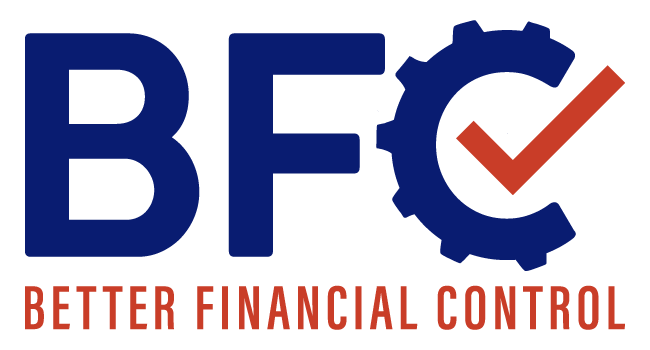Projects can rapidly become overwhelming when we don’t first assess the specific goals and fail to set a strong company vision. And adding financial goals to the equation typically helps keep the process as objective and measure able as possible.
Good business advisors will suggest you company vision and define your goals, creating differing types and time frames to avoid excess pressure in one particular area. This is an important concept and discipline to use because it should help with day-to-day decision making helping you remain clear on where you want to get to. Additionally, it will allow you to break down long-range goals into short-term goals providing a consistency of focus for both the short and long-term objectives.
Define Your Company Vision
What can this look like in your company? Begin by identifying “5-year” goals for where you want your company to be. This could include both financial numbers like revenue, GP, EBIT, etc. and more developmental goals such as your number of locations, employees, types of products/services, community involvement, etc.
Then identify what needs to happen by the end of this year for you to be on the right path to hit your 5-year financial goals. These will then be your “1-year” goals. Now you are getting close to where the magic happens.
Next define what needs to happen in the upcoming quarter (3 months) to reach your one-year goals as defined by your company vision. These goals or activities are often referred to as ‘Rocks’ in several popular management books like Scaling Up and Traction. They actually borrowed the concept from a lecture given by a university professor about focusing on the important things rather than the urgent ones. These Rocks are like ‘3-month or less’ projects. They are bigger than typical tasks and are seen as the most important things to improve about your business.
Once you have identified a series of key projects (or Rocks) that need to be accomplished within three months – ones that will keep you on track for accomplishing your one-year financial goals – you are enabling yourself to get some real control over your business and provide more focus for your people.
Designating Your Company Vision & its Rocks
Each identified Rock needs to have a single owner. This is a good time for you to share some responsibility and accountability to others. The Rock Owner should define what their definition of success looks like for completing the project. The final step in the Rock Definition process is for the Rock Owner to clarify the correct Milestones for completing the Rock successfully. If you need a spreadsheet setup to define and manage rocks you can request a copy here.
When these Rocks have been defined, you as the leader should review the Rocks for the completion criteria and whether the Rock Owner has identified the most efficient path to complete the Rock. After you have provided your feedback, both you and the Rock Owner should be feeling confident with obtaining the desired outcome.
Monitor Your Company Vision & Rocks
The final business coaching step in this typical goal-setting process is to monitor the progress of the Rocks weekly, taking the opportunity to reinforce your company vicion. Normally a quick check-in during a management meeting with your Rock Owners will suffice. If it doesn’t, you and the Rock Owner are able to troubleshoot any issues and work on finding solutions as early in the process as possible, giving the Rock the best opportunity for a successful completion.
At the end of each quarter you should review the results of the Rock outcomes for the quarter and identify the next set of Rocks for the upcoming quarter. This process of sequential goal setting – from quarterly Rocks to one-year benchmarks and five-year project conclusion – is an effective and practical way to use the power of goal setting in your business, even if you only are a team of one.
Time and focus are the most valuable commodities any business has. Using goals, especially Rocks, to maximise a company’s ability to focus on the most important outcomes is a big step toward ensuring the company will thrive over time rather than go out of business like the majority do.
Invest some time in your financial and developmental goal setting, using rocks for short-term outcomes, and establishing a powerful company vision and see how this can help you feel more clear and confident about your company’s future. Let us know if we can answer any questions that arise on your journey and think of us if you are looking for some business coaching support!

